Anatomy of a guitar
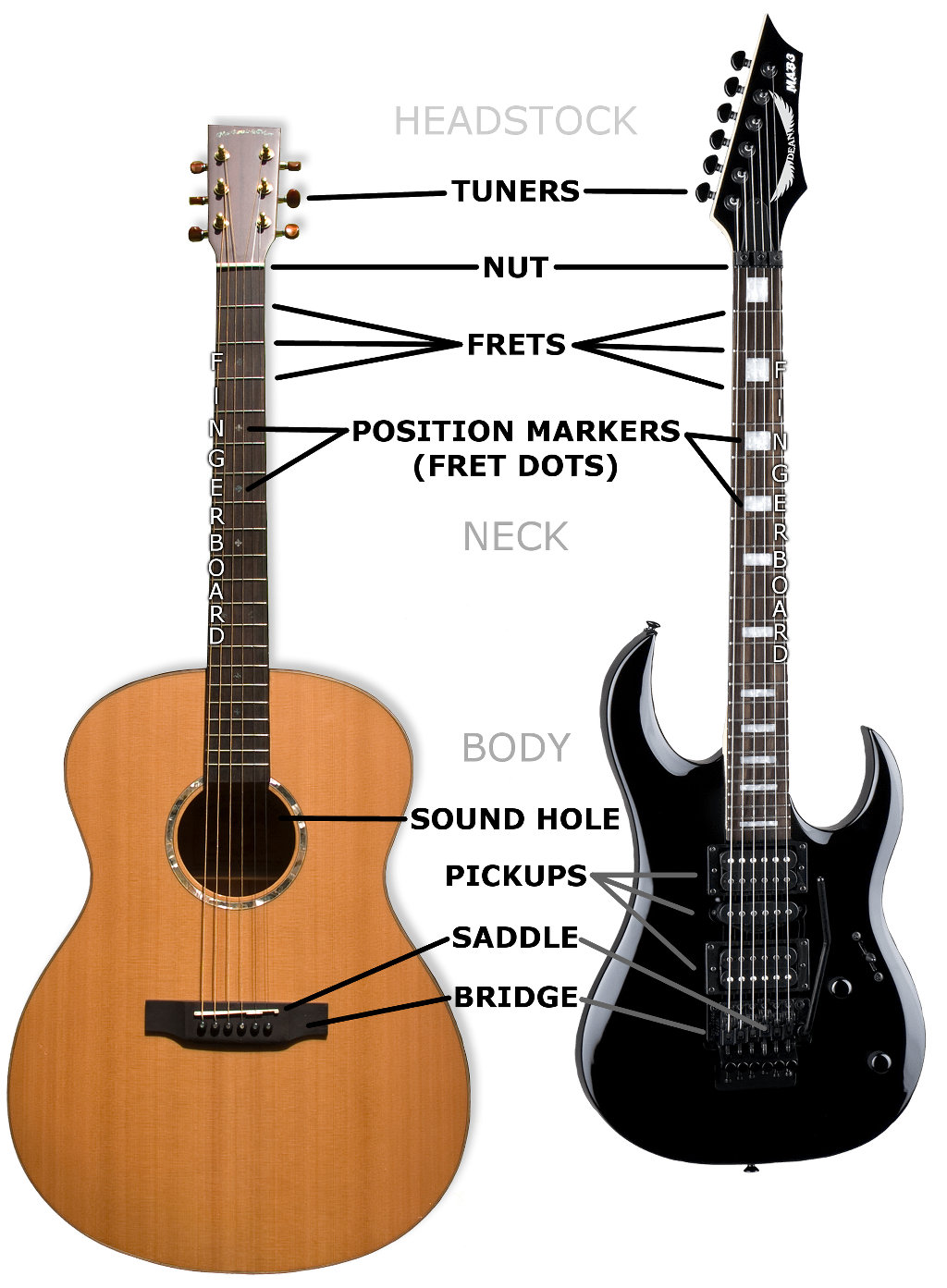
How to read neck diagrams
A Neck diagram is a line drawing of a guitar neck with the headstock to the left as if you’re holding the guitar in playing position and looking down on the neck.


- The horizontal lines represent the strings with the lowest sounding string on the bottom and the highest sounding string on the top.
- The solid vertical line at the left edge of the diagram represents the nut.
- The remaining vertical lines represent the frets.
- The hollow circles represent the fret position markers.
Neck diagrams are used for showing how scales and chords “lay out” across the fingerboard. A scale can be shown like this:

A Chord can be shown like this:

- The dots represent notes to be played.
- The dots to the left of the nut are open strings.
- The numbers inside the dots, in this case, tell you which finger to use.
- There are many variations that can be shown – everything from note names to intervals – but the basics remain.
How to read chord diagrams
A chord diagram is a line drawing of a guitar neck arrange vertically:
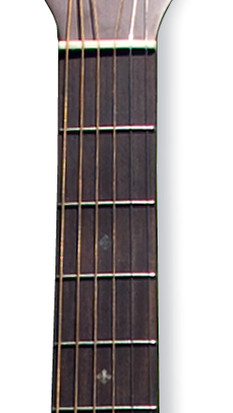
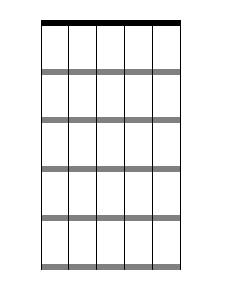
- The vertical lines represent the strings with the lowest sounding string on the left and the highest sounding string on the right.
- The solid Horizontal line at the top of the diagram represents the nut.
- The remaining horizontal lines represent the frets.
Chord diagrams are used for showing chord shapes, locations and fingerings:
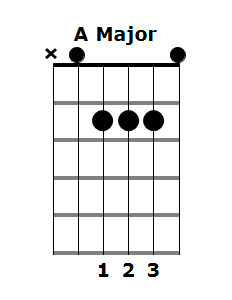
- Each dot represents a note to be played.
- The dots above the nut represent open strings to be played.
- The X on the low E-string means that string is not played. A string with no dot would also not be played.
- The numbers underneath each string indicate which fingers to use for the fretted notes.
Chords farther up the neck can be shown like this:
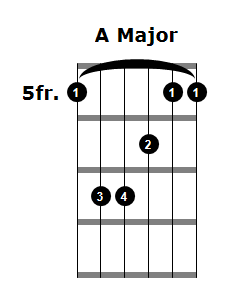
- the 5fr. designation tells you the fret position of the chord.
- The arc over the top of the diagram is called a barre. It indicates that one finger is used to play all the notes across the 5th fret.
- The numbers inside the dots indicate which finger to use for the various notes.
-
1. Know Your Notes
April 23, 2017Yeah, I know. It’s a pain in the butt, but you need to know the notes up and down the fingerboard if you're going to learn theory. - Coming soon.
- To be announced.
